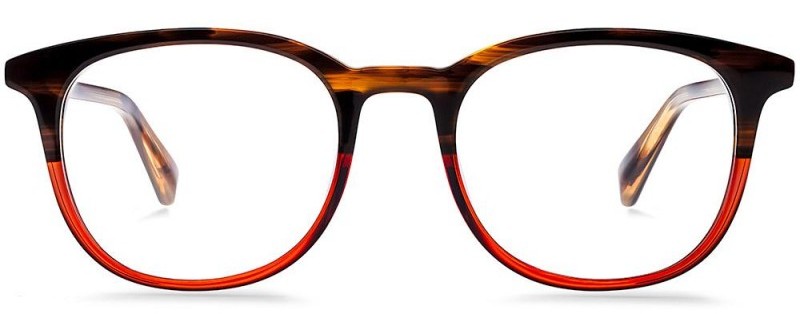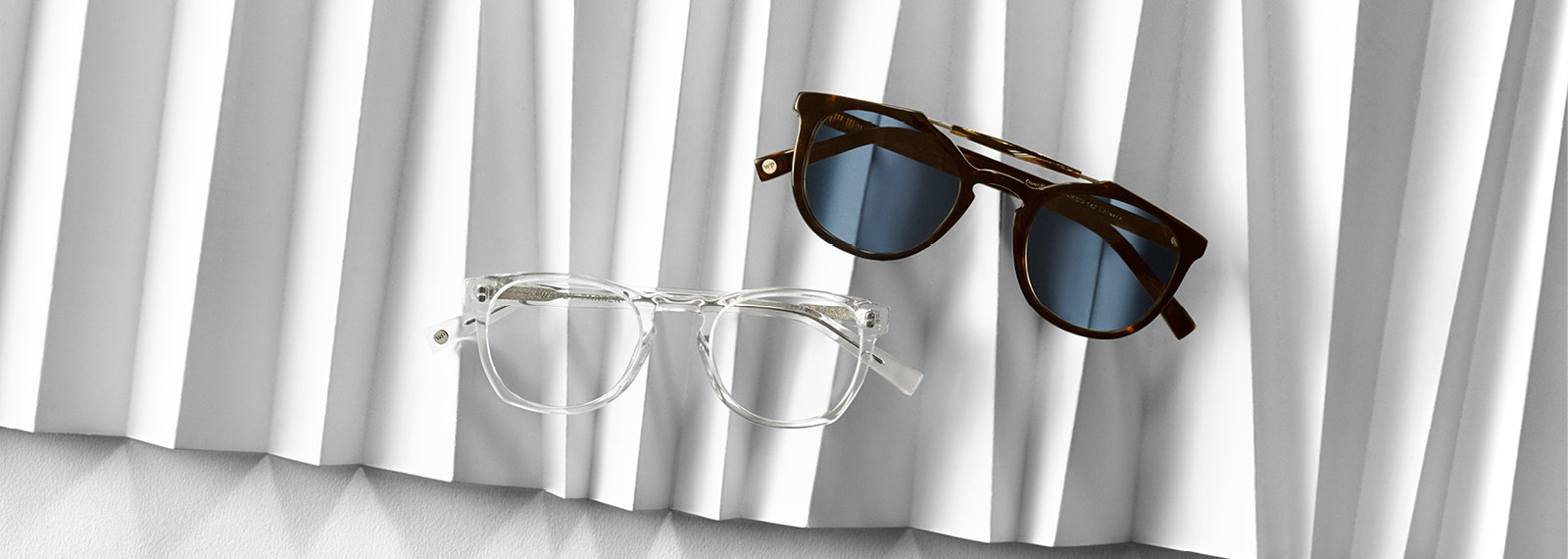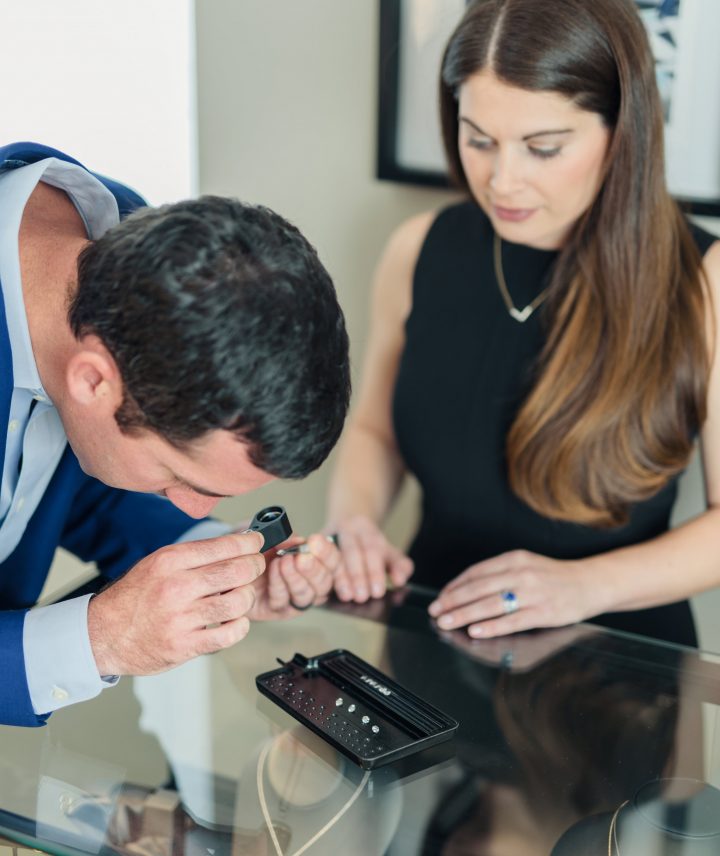One day in a Wharton computer lab, Warby Parker cofounder Dave Gilboa took to his favorite activity: complaining about glasses.
“I’d lost mine while backpacking Thailand,” Gilboa, also co-CEO, remembers. “But when I went to replace them they cost $800 — that’s $600 more than my brand new iPhone 3G, a multiprocessing computer. It was nuts.”
Yup, #sucks. And as Gilboa vented to fellow students Andrew Hunt and Neil Blumenthal, the pair became instantly enthralled.
“Andrew couldn’t believe no one was selling glasses online,” he says. “And Neil explained that while working at an eyewear nonprofit, he’d created glasses for people living on less than $4/day… So, why were they so expensive? Why couldn’t they be cheap enough to own multiple pairs, a fashion accessory like handbags or shoes?”
Jeffrey Raider joined the conversation before the bell rang. And then over frantic emails that night, the four friends debated the industry’s pitfalls (high cost to consumers) and potential solutions (e-commerce, in-house design). That 2009 exchange became the genesis of Warby Parker, a now-leading eyewear brand that keeps prices low by designing, marketing and selling everything itself. Glasses start at $95 with lenses.





